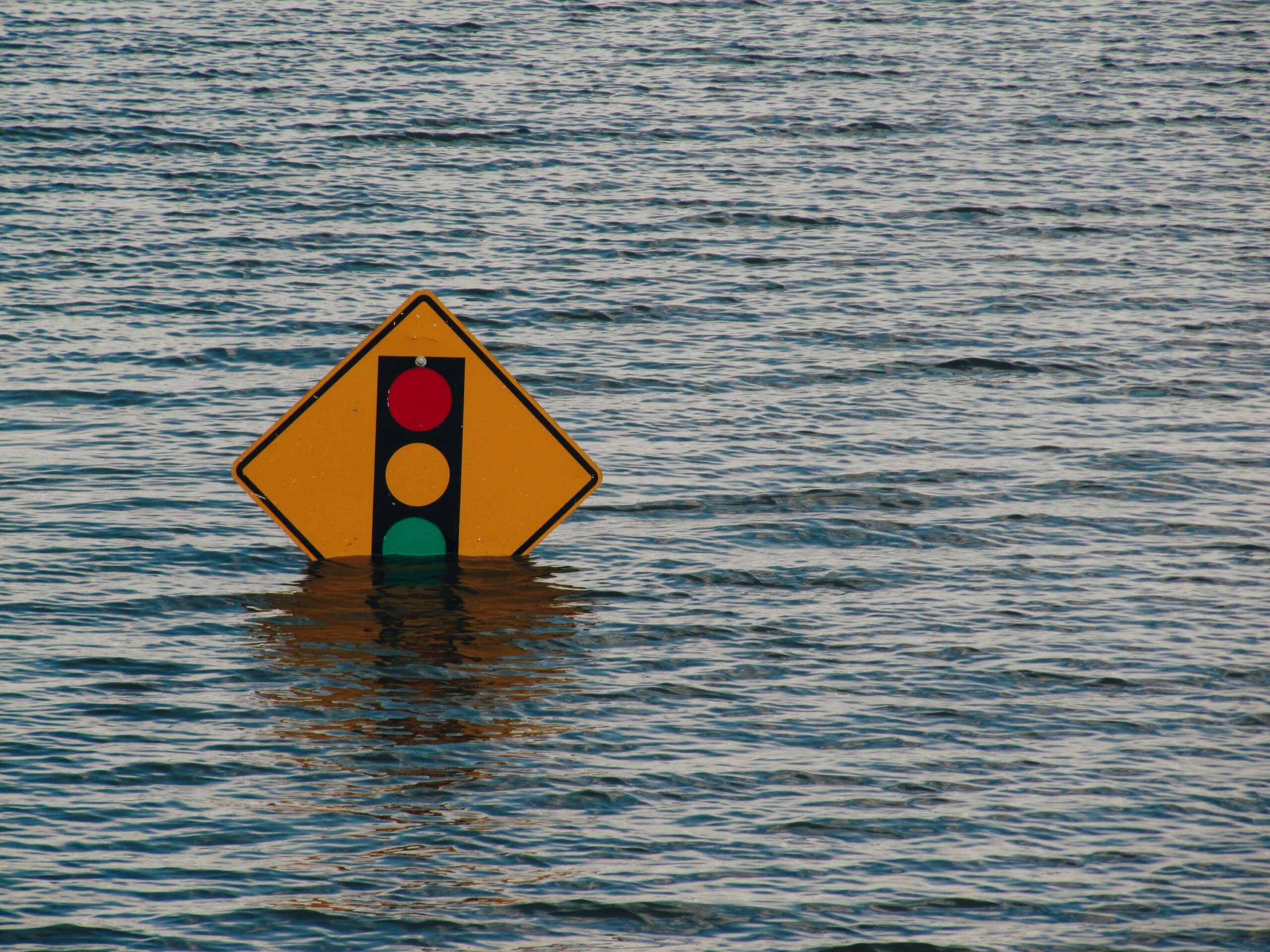Have you ever wondered what it takes to be prepared for any situation? Whether it’s a natural disaster, a health emergency, or even a sudden change in your personal circumstances, being prepared can make all the difference. In this article, we will explore the essential steps involved in preparedness planning. From identifying potential risks to creating an emergency kit, we will guide you through the process of ensuring you are ready for whatever life throws at you. So let’s jump right in and discover how you can take control of your preparedness journey!
Understanding the Concept of Preparedness Planning
Preparedness planning is the process of anticipating and preparing for potential risks and disasters. It involves identifying potential hazards, assessing their potential impact, and developing a comprehensive plan to effectively respond to and recover from these events. The primary objective of preparedness planning is to enhance the resilience and ability to cope with emergencies, ensuring the safety and well-being of individuals and businesses.
Define preparedness planning
Preparedness planning refers to the systematic approach taken to anticipate, prevent, and manage emergencies and disasters. It involves identifying potential risks, assessing their likelihood and impact, and developing strategies and measures to minimize these risks. It encompasses a range of activities, including creating emergency response procedures, ensuring access to necessary resources, establishing communication lines, and conducting regular testing and revisions of the plan.

Roles and objectives of preparedness planning
Preparedness planning involves the participation of various individuals and entities. The key roles include:
-
Individuals: Each person has the responsibility to be prepared for emergencies, including understanding potential risks, creating personal emergency plans, and maintaining necessary supplies.
-
Businesses: Organizations should develop business continuity plans to ensure the continuity of operations and minimize disruptions during emergencies. This includes identifying critical functions, establishing alternative work locations, and training employees in emergency response procedures.
-
Government: Federal, state, and local government agencies play a crucial role in preparedness planning. They are responsible for developing emergency response plans, coordinating efforts with other agencies and organizations, and providing the necessary resources and support during emergencies.
The objectives of preparedness planning are to enhance the ability to prevent, respond to, and recover from emergencies. This includes minimizing potential risks, reducing the impacts on individuals and communities, and restoring normalcy as quickly as possible.
Importance of preparedness planning
Preparedness planning is essential for several reasons:
-
Risk Reduction: By identifying potential hazards and taking proactive measures, preparedness planning helps minimize the likelihood and impact of emergencies.
-
Timely Response: Having a well-developed plan in place allows for a prompt and effective response to emergencies, helping to save lives and reduce injuries.
-
Business Continuity: Preparedness planning ensures that businesses can continue their operations during crises and resume normalcy as quickly as possible.
-
Community Resilience: A comprehensive preparedness plan fosters community resilience by empowering individuals to be prepared and supporting effective coordination and cooperation among various stakeholders.
-
Cost Savings: Investing in preparedness planning can result in significant cost savings by minimizing damages, loss of productivity, and the need for external assistance during emergencies.
Overall, preparedness planning is vital for safeguarding lives, protecting assets, and building resilient communities.

Identify Potential Risks and Disasters
One of the fundamental steps in preparedness planning is to identify potential risks and disasters that may affect you or your business. By understanding the specific hazards that exist in your area or industry, you can develop appropriate strategies and measures to mitigate their impact.
Identifying hazards which may affect you or your business
To begin, conduct a comprehensive assessment of the hazards that are prevalent in your region or industry. These may include natural hazards such as floods, earthquakes, hurricanes, or human-made hazards like fires, chemical spills, or cyber-attacks.
Consult with local authorities, emergency management agencies, and industry-specific experts to gather information and gain insights into the risks that are most relevant to your situation. Additionally, review historical data, incident reports, and industry best practices to identify any unique hazards or challenges.
Conducting a risk assessment
Once you have identified potential hazards, the next step is to assess the risks associated with each hazard. Risk assessment involves evaluating the probability of a hazardous event occurring and the potential consequences it may have on your business operations, infrastructure, and personnel.
Consider factors such as the frequency and severity of past incidents, the vulnerability of your assets and infrastructure, and the potential economic, social, and environmental impact. This assessment will provide you with a better understanding of the risks involved and help prioritize your preparedness efforts.
Evaluating the potential impact of each identified risk
After conducting a risk assessment, it is crucial to evaluate the potential impact of each identified risk. This includes considering the direct and indirect consequences of an emergency, such as injuries, property damage, financial losses, disruption of operations, and reputational damage.
By understanding the potential impact, you can prioritize your preparedness planning efforts and allocate resources accordingly. This evaluation will help determine the necessary measures and strategies required to prevent or mitigate the identified risks.
Establishing a Preparedness Planning Team
Creating a knowledgeable and experienced team is a crucial aspect of preparedness planning. This team will be responsible for developing, implementing, and maintaining the preparedness plan. The following steps will guide you in establishing an effective preparedness planning team.
Selection of team members
When selecting team members, it is essential to choose individuals who have the necessary skills, knowledge, and expertise relevant to preparedness planning. Consider their experience in emergency management, risk assessment, communication, and project management.
Ensure diversity within the team, including representation from various departments or functions within your organization. This will bring different perspectives and insights to the planning process and enhance the overall effectiveness of the team.
Roles and responsibilities of a planning team
Clearly define the roles and responsibilities of each team member to ensure effective coordination and accountability. Some common roles within a preparedness planning team include:
-
Team Leader: Responsible for overseeing the entire planning process, coordinating team activities, and ensuring adherence to timelines and objectives.
-
Risk Assessment Specialist: Responsible for conducting risk assessments, analyzing data, and identifying potential hazards and vulnerabilities.
-
Emergency Response Coordinator: Responsible for developing emergency response procedures, coordinating resources, and ensuring effective response during emergencies.
-
Communication and Outreach Coordinator: Responsible for establishing communication channels, disseminating information to stakeholders, and coordinating public awareness and education campaigns.
-
Training and Education Specialist: Responsible for developing and implementing training programs, conducting drills and exercises, and assessing training needs.
These roles are not exhaustive and may vary depending on the specific needs and structure of your organization.
Training requirements for team members
Provide appropriate training and development opportunities for team members to enhance their knowledge and skills in preparedness planning. This may include workshops, courses, certifications, or conferences related to emergency management, risk assessment, communication, or leadership.
Encourage continuous learning and professional development to ensure team members stay updated with the latest best practices and industry standards. This will enable them to effectively fulfill their roles and contribute to the successful implementation of the preparedness plan.
Importance of having a preparedness planning team
Establishing a dedicated preparedness planning team is crucial for several reasons:
-
Expertise and Skills: A well-structured team brings together individuals with specialized knowledge and skills, ensuring a comprehensive and effective approach to preparedness planning.
-
Coordination and Collaboration: A team-based approach fosters collaboration and coordination among various departments, enhancing the overall efficiency and effectiveness of preparedness efforts.
-
Diverse Perspectives: The involvement of individuals from different backgrounds and disciplines brings diverse perspectives, insights, and ideas to the planning process, leading to a more robust and comprehensive plan.
-
Accountability and Continuity: A dedicated team ensures accountability for preparedness planning, with clear roles and responsibilities assigned to each team member. This promotes continuity and consistency in plan development, implementation, and maintenance.
By establishing a preparedness planning team, you create a dedicated group of individuals focused on ensuring the safety, resilience, and preparedness of your organization and its stakeholders.


